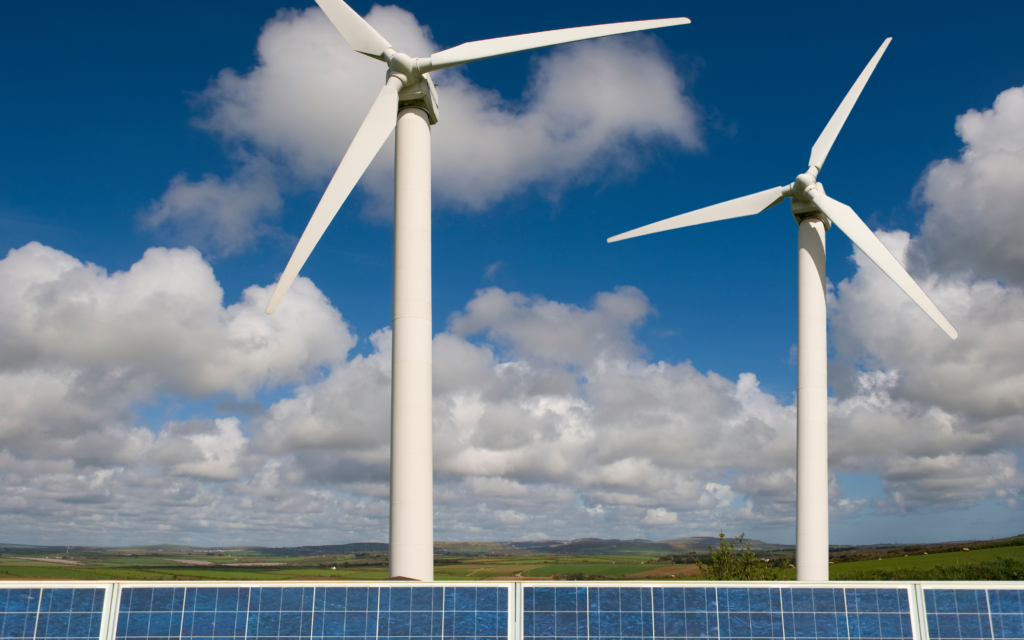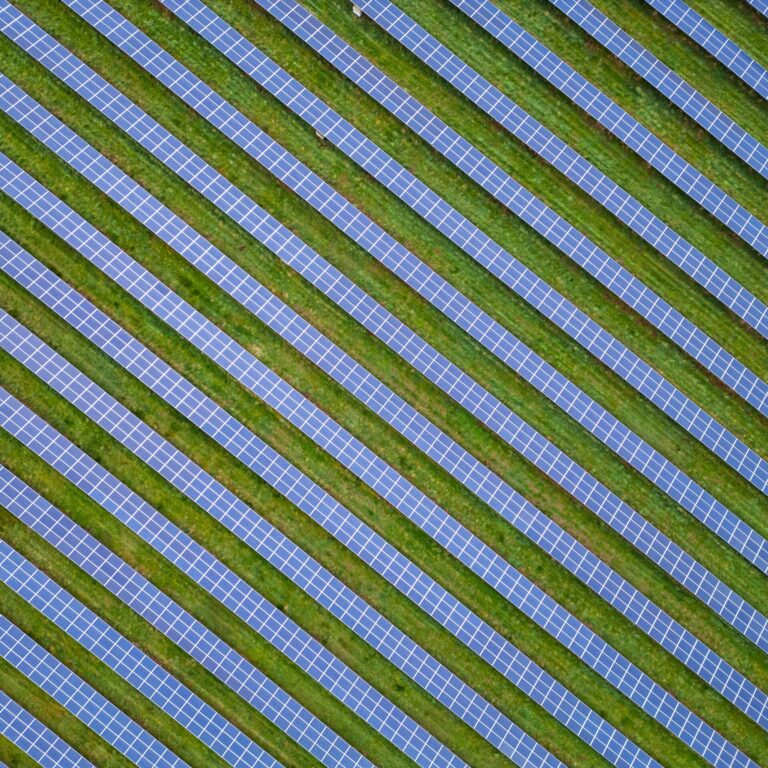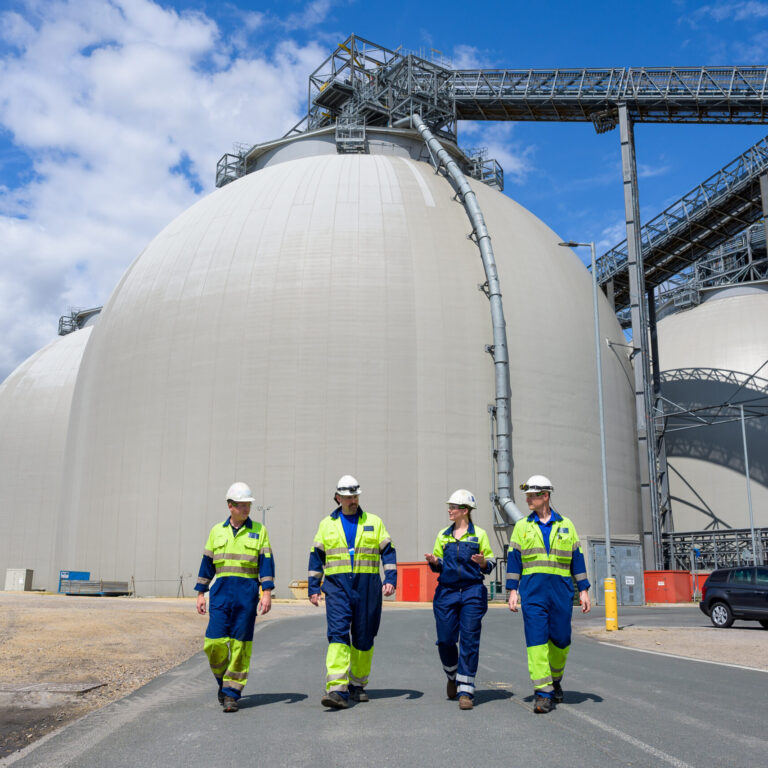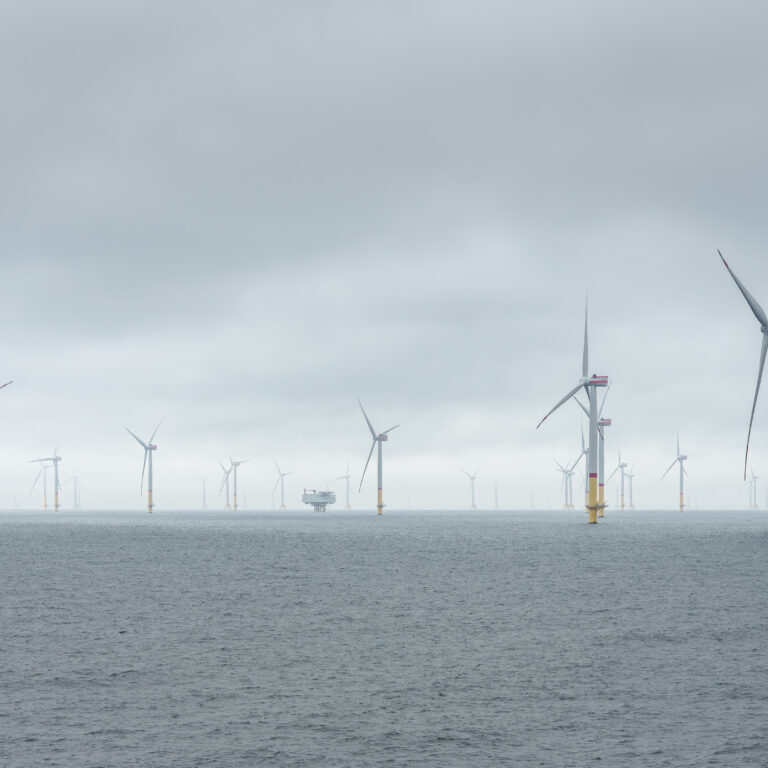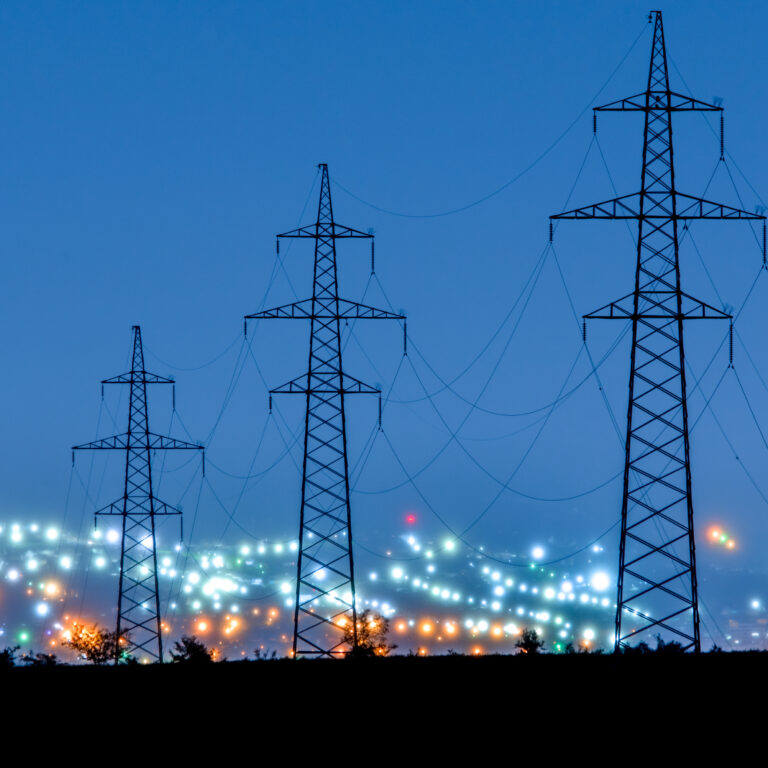Clean, or low-carbon, power includes renewable sources – biomass, hydro, wind and solar – as well as nuclear, and these sources also combined to break the record for the volume of clean surplus power produced – 2.9GW. During 2022 there were nearly 100 hours where the grid delivered more clean power than it needed.
Despite this surplus, some fossil fuel generators were required to stay running in order to provide the flexibility and inertia that National Grid ESO relies on to stabilise the power system, although the minimum safe amount of fossil fuels is continuously falling, inching National Grid ESO closer to its 2025 goal of being able to eradicate this during surplus periods.
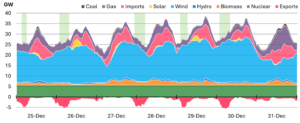
Clean Power: The electricity generation mix over the last week of 2022. Periods when total supply from low-carbon sources exceeded demand are highlighted in pale green
Dr Iain Staffell of Imperial College London, and lead author of the quarterly Drax Electric Insights report, said:
“Britain’s power grid has undergone a remarkable transformation over the last decade with surplus clean electricity having switched from being a pipe dream to becoming a reality. Electricity is the only form of energy where we produce more than we consume – in comparison to our coal and gas requirements where 60-75% are still imported from abroad.
“Completely eliminating fossil fuels during periods of high renewable output and low demand in the next two years requires significant policy and infrastructure decisions to be made now. Having a new Department for Energy Security and Net Zero is a positive step to focus government attention on this and other key targets, such as delivering the large amount of carbon removals from bioenergy with carbon capture and storage (BECCS) that will make a critical contribution to its legally binding decarbonisation targets.
“The UK has led the world in ‘greening its grid’ further and faster than any other major economy and we need to ensure we don’t lose the momentum to make net zero a reality.”
Drax was the first energy company in the world to announce an ambition to be carbon negative by 2030. The company has radically decarbonised its business by transforming its largest power plant – Drax Power Station – to use sustainably sourced biomass to generate renewable electricity instead of coal.
The company plans to deploy BECCS technology at its UK plant by 2027, alongside removing four million tonnes of CO2 from new-build BECCS outside of the UK by 2030.
Will Gardiner, Drax Group CEO, said:
“Being able to generate a surplus of clean, low-carbon electricity is a landmark achievement for the UK.
“At Drax, we believe the UK can go even further in the years ahead by removing millions of tonnes of CO2 from the atmosphere each year while generating reliable, secure renewable electricity through BECCS.
“While countries across the world, and particularly the U.S., are stepping up to address climate change, we believe the UK Government must accelerate its policy support for BECCS to give this country the best chance of establishing itself as a world leader in carbon removals, attracting further clean energy investment and delivering its net zero targets.
“Drax has helped keep the UK’s power grid secure for the past 50 years and through BECCS we will continue to do so for another 50 years.”
View the full report here.
ENDS
Media contacts:
Aidan Kerr
Media Manager
E: [email protected]
T: 07849090368
Editor’s Notes
About Electric Insights
- Electric Insights is commissioned by Drax and delivered by a team of independent academics from Imperial College London, facilitated by the college’s consultancy company – Imperial Consultants. The quarterly report analyses raw data made publicly available by National Grid and Elexon, which run the electricity and balancing market respectively, and Sheffield Solar.
- Electric Insights Quarterly focuses on supply and demand, prices, emissions, the performance of the various generation technologies and the network that connects them.
- The quarterly reports from the last four and a half years can be access at the new website electricinsights.co.uk alongside the interactive electricinsights.co.uk which provides data from 2009 until the present.
- You can embed Electric Insight’s live dashboard on your website or blog to keep track of what’s happening in the power grid through a new widget.
About Drax
Drax Group’s purpose is to enable a zero carbon, lower cost energy future and in 2019 announced a world-leading ambition to be carbon negative by 2030, using bioenergy with carbon capture and storage (BECCS) technology.
Drax’s around 3,000 employees operate across three principal areas of activity – electricity generation, electricity sales to business customers and compressed wood pellet production and supply to third parties. For more information visit www.drax.com
Power generation:
Drax owns and operates a portfolio of renewable electricity generation assets in England and Scotland. The assets include the UK’s largest power station, based at Selby, North Yorkshire, which supplies five percent of the country’s electricity needs.
Having converted Drax Power Station to use sustainable biomass instead of coal it has become the UK’s biggest renewable power generator and the largest decarbonisation project in Europe. It is also where Drax is piloting the groundbreaking negative emissions technology BECCS within its CCUS (Carbon Capture Utilisation and Storage) Incubation Area.
Its pumped storage, hydro and energy from waste assets in Scotland include Cruachan Power Station – a flexible pumped storage facility within the hollowed-out mountain Ben Cruachan.
The Group also aims to build on its BECCS innovation at Drax Power Station with a target to deliver 4 million tonnes of negative CO2 emissions each year from new-build BECCS outside of the UK by 2030 and is currently developing models for North American and European markets.
Pellet production and supply:
The Group has 18 operational pellet plants and developments with nameplate production capacity of around 5 million tonnes a year.
Drax is targeting 8 million tonnes of production capacity by 2030, which will require the development of over 3 million tonnes of new biomass pellet production capacity. The pellets are produced using materials sourced from sustainably managed working forests and are supplied to third party customers in Europe and Asia for the generation of renewable power.
Drax’s pellet plants supply biomass used at its own power station in North Yorkshire, England to generate flexible, renewable power for the UK’s homes and businesses, and also to customers in Europe and Asia.
Customers:
Drax supplies renewable electricity to UK businesses, offering a range of energy-related services including energy optimisation, as well as electric vehicle strategy and management.
To find out more go to the website www.energy.drax.com






